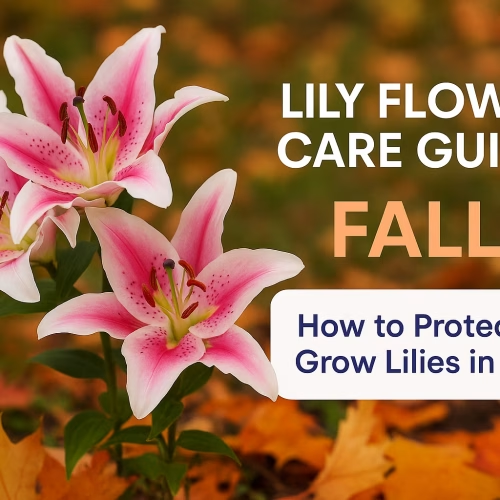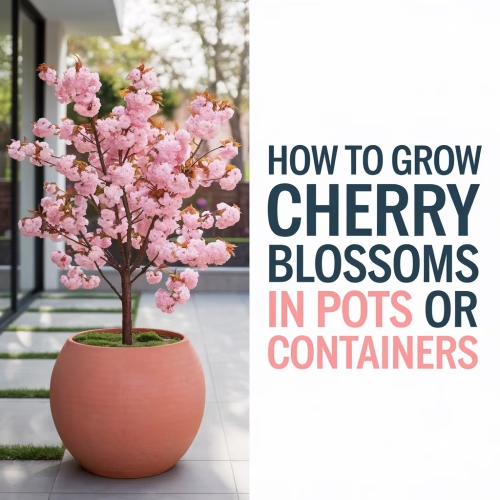Growing herbs to grow at home is one of the easiest and most rewarding ways to connect with nature, even if you live in a tiny apartment. Whether you’re dreaming of fresh basil for your pasta, calming chamomile for tea, or fragrant rosemary for your Sunday roast, I’m here to tell you that it’s absolutely doable—and easier than you think.
In this guide, I’ll walk you through the 10 best herbs to grow at home, complete with care tips, space-saving tricks, and all the encouragement you need to get started. Let’s dig in!
Table of Contents
Key Takeaways
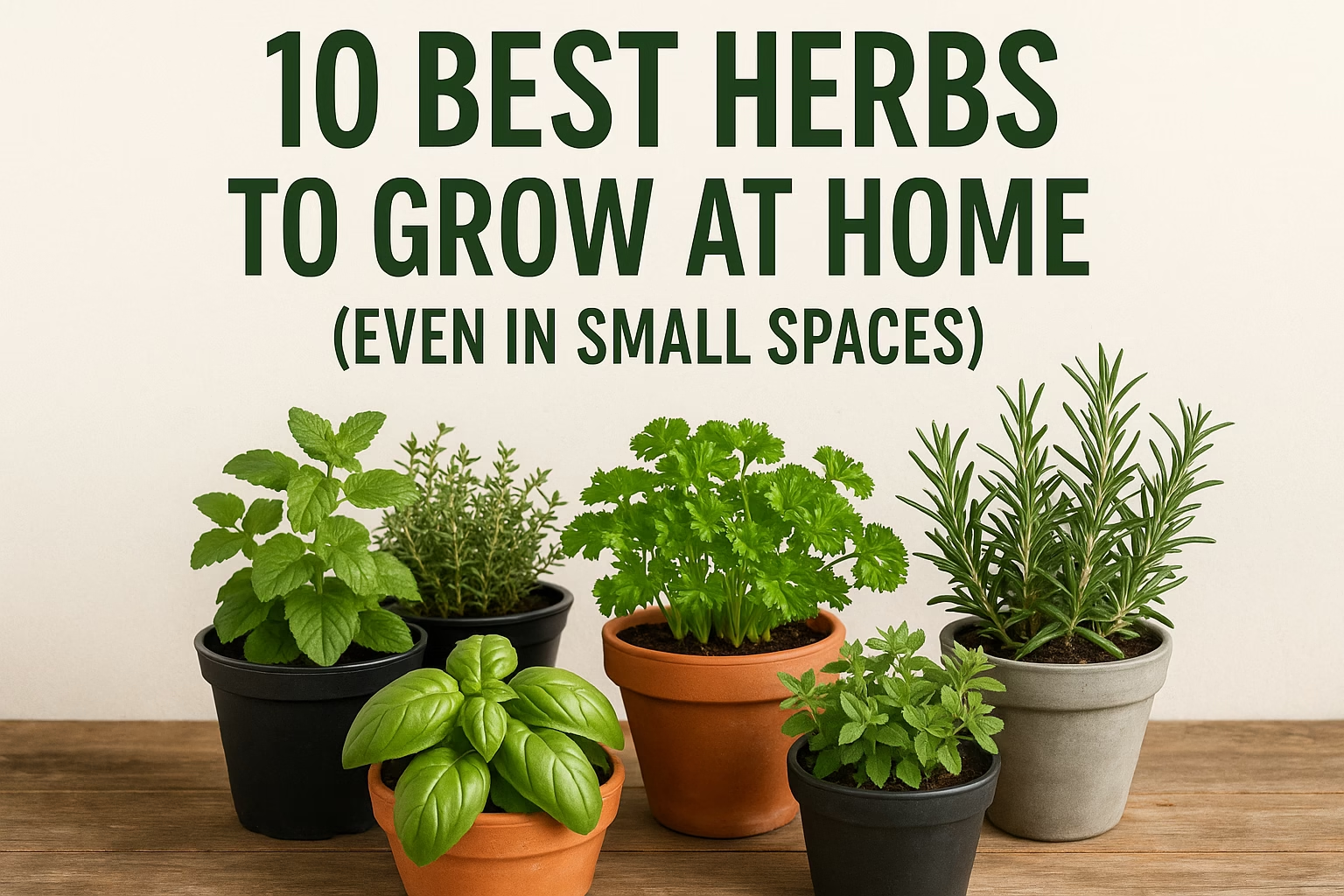
—
Why Growing Herbs to Grow at Home Is Worth It
Before we jump into the list, let me share why I’m so passionate about home herb gardening.
First, it’s incredibly cost-effective. A single basil plant can produce dozens of servings, saving you from buying those overpriced plastic clamshells at the grocery store. Second, fresh herbs are nutritional powerhouses—they’re packed with antioxidants, vitamins, and anti-inflammatory compounds that support your overall health. Third, caring for plants is therapeutic. It’s a simple self-care practice that grounds you in the present moment.
Plus, there’s something deeply satisfying about eating food you’ve grown yourself. It’s a small act of self-sufficiency that makes every meal feel special.
The 10 Best Herbs to Grow at Home
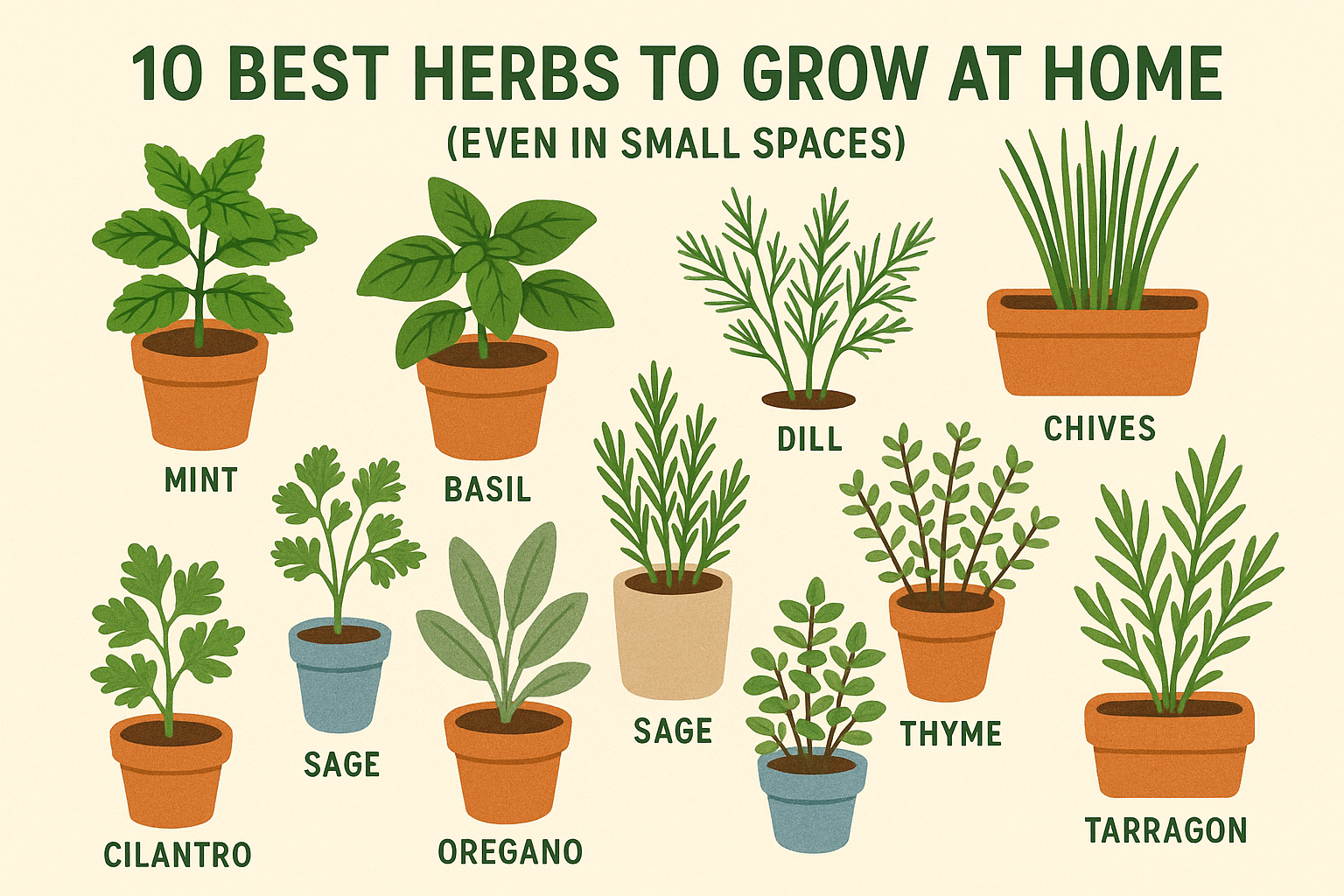
1. Basil
Why grow it: Basil is the superstar of home herb gardens. It’s fast-growing, fragrant, and absolutely essential for Italian cooking. Fresh basil transforms everything from caprese salads to homemade pesto.
Growing tips:
Pro tip: Basil doesn’t like cold drafts, so keep it away from air conditioning vents. If you notice flowers forming, pinch them off immediately—once basil flowers, the leaves become bitter.
—
2. Mint
Why grow it: Mint is practically indestructible and grows like wildfire. It’s perfect for teas, mojitos, fruit salads, and even gut-healing smoothies. The refreshing aroma alone is worth growing it.
Growing tips:
Pro tip: Mint spreads through underground runners, so always grow it in its own pot. Trust me on this—I once planted mint in a garden bed and spent years trying to contain it!
—
3. Parsley
Why grow it: Parsley is more than a garnish—it’s loaded with vitamins A, C, and K. Use it in tabbouleh, chimichurri, soups, and salads.
Growing tips:
Pro tip: Parsley seeds can be slow to germinate (up to 3 weeks), so be patient. Soaking seeds overnight before planting can speed things up.
—
4. Rosemary
Why grow it: This woody, evergreen herb brings a pine-like fragrance and robust flavor to roasted vegetables, bread, and meats. Plus, rosemary is a symbol of remembrance and makes your space smell incredible.
Growing tips:
Pro tip: Rosemary is drought-tolerant and actually prefers neglect over too much attention. It’s perfect if you tend to forget to water your plants.
—
5. Thyme
Why grow it: Thyme is a low-maintenance herb with a subtle, earthy flavor. It’s essential for French and Mediterranean cooking and pairs beautifully with chicken, fish, and roasted vegetables.
Growing tips:
Pro tip: Thyme is a perennial, meaning it’ll come back year after year if cared for properly. It’s also bee-friendly, so if you have outdoor space, it’ll attract pollinators.
6. Cilantro (Coriander)
Why grow it: Love it or hate it, cilantro is a staple in Mexican, Indian, and Asian cuisines. Fresh cilantro adds brightness to salsas, curries, and tacos.
Growing tips:
Pro tip: Plant cilantro every 3-4 weeks for a continuous harvest. Once it bolts, you can harvest the seeds (coriander) for cooking!
7. Chives
Why grow it: Chives have a mild onion flavor and are ridiculously easy to grow. Snip them over baked potatoes, eggs, salads, or soups for an instant flavor boost.
Growing tips:
Pro tip: Cut chives down to about 2 inches above the soil, and they’ll regrow quickly. They’re one of the most forgiving herbs for beginners.
8. Oregano
Why grow it: Oregano is the backbone of Italian and Greek cooking. It’s hardy, drought-tolerant, and intensifies in flavor when dried.
Growing tips:
Pro tip: Oregano tastes even better after it’s been dried. Harvest sprigs, hang them upside down in a dry place, and store the dried leaves in an airtight jar.
9. Lavender
Why grow it: Lavender isn’t just for cooking—it’s also used in teas, baking, and aromatherapy. The calming scent can help you sleep better naturally and reduce stress.
Growing tips:
Pro tip: Lavender hates wet feet. Use a terracotta pot and sandy soil to ensure proper drainage.
10. Sage
Why grow it: Sage has a savory, slightly peppery flavor that’s perfect for fall and winter dishes. Think butternut squash, stuffing, and brown butter sauces.
Growing tips:
Pro tip: Sage is a perennial that gets more flavorful as it matures. Harvest leaves before the plant flowers for the best taste.
Quick Comparison Table: Herbs to Grow at Home
| Herb | Sunlight Needed | Watering | Difficulty | Best For |
|———-|———————|————–|—————-|————–|
| Basil | 6-8 hours | Moderate | Easy | Italian dishes, pesto |
| Mint | 4-6 hours | Frequent | Very Easy | Teas, desserts, drinks |
| Parsley | 4-6 hours | Moderate | Easy | Salads, garnishes |
| Rosemary | 6+ hours | Low | Moderate | Roasted meats, bread |
| Thyme | 6+ hours | Low | Easy | Soups, roasted veggies |
| Cilantro | 4-5 hours | Moderate | Moderate | Salsas, curries |
| Chives | 4-6 hours | Moderate | Very Easy | Eggs, potatoes |
| Oregano | 6-8 hours | Low | Easy | Pizza, pasta |
| Lavender | 6-8 hours | Low | Moderate | Baking, aromatherapy |
| Sage | 6-8 hours | Low | Easy | Stuffing, butter sauces |
—
Essential Tips for Growing Herbs in Small Spaces
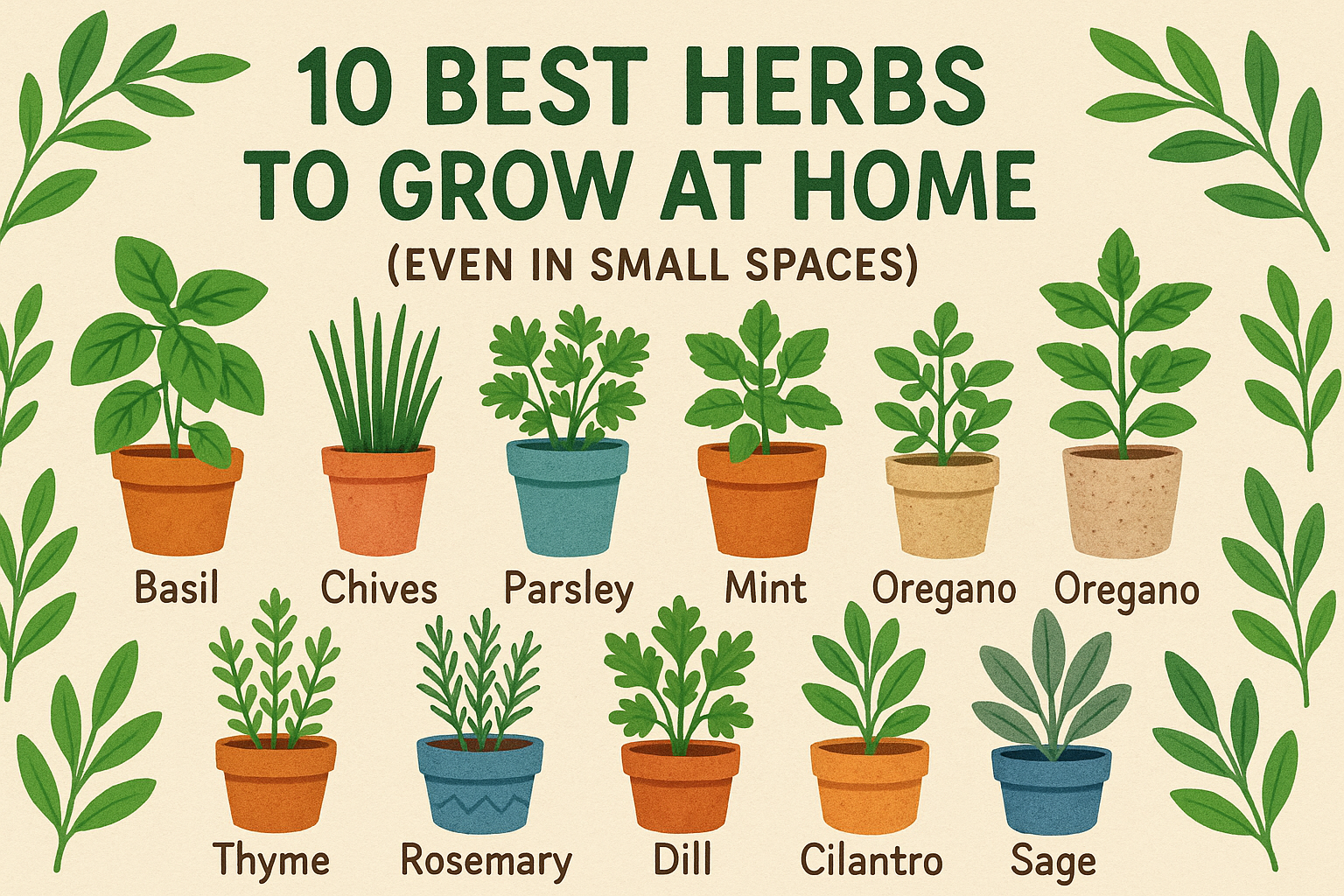
Choose the Right Containers
You don’t need fancy planters—just make sure they have drainage holes. Terracotta pots are great because they’re porous and prevent overwatering. For ultra-small spaces, try:
Invest in Quality Potting Soil
Don’t use garden soil in containers—it’s too heavy and doesn’t drain well. Instead, choose a high-quality potting mix designed for containers. I like to add a handful of perlite for extra drainage.
Know Your Light Situation
Most herbs need at least 4-6 hours of sunlight. South-facing windows are ideal. If natural light is limited, consider a small LED grow light—they’re affordable and game-changing for indoor herb gardens.
Water Wisely
Overwatering kills more herbs than underwatering. Stick your finger into the soil—if the top inch is dry, it’s time to water. Always empty the saucer under your pot so roots don’t sit in water.
Feed Your Herbs
Herbs in containers need occasional feeding. Use a diluted liquid fertilizer every 4-6 weeks during the growing season. Organic fish emulsion or compost tea works beautifully.
—
How Growing Herbs Supports Your Wellness Journey
Growing herbs to grow at home isn’t just about cooking—it’s about cultivating a deeper connection to your food, your space, and yourself. It’s a practice that aligns beautifully with healthy habits and intentional living.
When you tend to plants, you slow down. You notice small changes—new leaves, stronger stems, the way sunlight hits your windowsill. It’s a form of daily self-love that doesn’t require much time but offers big rewards.
Plus, fresh herbs elevate your meals without adding calories, sodium, or artificial ingredients. They support digestion, reduce inflammation, and add nutrients to your diet. And let’s be honest—there’s something incredibly empowering about walking into your kitchen and harvesting your own ingredients.
—
Common Mistakes to Avoid
1. Overwatering
More herbs die from too much water than too little. Always check soil moisture before watering.
2. Not Enough Light
Herbs are sun lovers. If your plants look leggy or pale, they need more light.
3. Planting Too Many Herbs Together
Different herbs have different water and light needs. Give each herb its own pot, or carefully pair herbs with similar requirements.
4. Ignoring Pests
Even indoor herbs can attract aphids or fungus gnats. Inspect plants regularly and address issues early with natural solutions like neem oil.
5. Harvesting Incorrectly
Never harvest more than one-third of the plant at a time. Always cut from the top to encourage bushier growth.
—
Creating Your Herb Garden Routine
Building an herb garden is a lot like building any self-care routine—it works best when it’s consistent and enjoyable.
Here’s how I structure my weekly herb care:
Monday: Quick visual check—are any plants drooping or yellowing?
Wednesday: Water check and watering as needed
Friday: Harvest herbs for weekend cooking
Sunday: Rotate pots for even sun exposure and remove any dead leaves
You can even incorporate herb care into your journaling practice by tracking growth, noting what’s working, and celebrating your progress.
—
From Windowsill to Table: Using Your Fresh Herbs
Once you’ve grown these beautiful herbs, here’s how to use them:
Basil: Caprese salad, pesto, Thai basil chicken
Mint: Iced tea, fruit salad, yogurt bowls
Parsley: Chimichurri, tabbouleh, garnish for soups
Rosemary: Roasted potatoes, focaccia bread, infused olive oil
Thyme: Roasted chicken, mushroom risotto, herbed butter
Cilantro: Guacamole, salsa, curry
Chives: Scrambled eggs, cream cheese, baked potatoes
Oregano: Pizza, marinara sauce, Greek salad
Lavender: Shortbread cookies, lemonade, herbal tea
Sage: Brown butter pasta, roasted squash, stuffing
—
Conclusion: Your Herb Garden Awaits
Growing herbs to grow at home is one of the most accessible, rewarding, and delicious ways to bring more intention into your daily life. You don’t need a big yard, expensive equipment, or years of experience—just a sunny spot, a little curiosity, and the willingness to try.
Start small. Pick two or three herbs from this list that excite you. Set them up in a sunny window. Water them when the soil is dry. Harvest them with gratitude. And watch as your confidence—and your herb garden—grows.
This simple practice can transform your cooking, boost your mood, and help you fall in love with everyday moments. It’s a small step toward a more mindful, nourished, and connected life.
So grab a pot, some soil, and your favorite herb. Your future self (and your taste buds) will thank you. Happy growing!



